As the old saying goes, diamonds are a girl’s best friend. But it also turns out that a long process involves the diamonds erupting from the Earth’s crust.
Many people will look at diamonds and think they look pretty but don’t know how they come about. Scientists have known for years that they erupt from the Earth’s crust but have only recently discovered how and why.
How Are Diamonds Created?

While it hasn’t always been known why diamonds erupt from the Earth’s crust, how it happens has long been known.
They are created in the upper mantle of the Earth’s crust, but unless they come up to the surface, humans cannot find them. The eruption is known as a kimberlite eruption.
What Is a Kimberlite Eruption Made up Of?
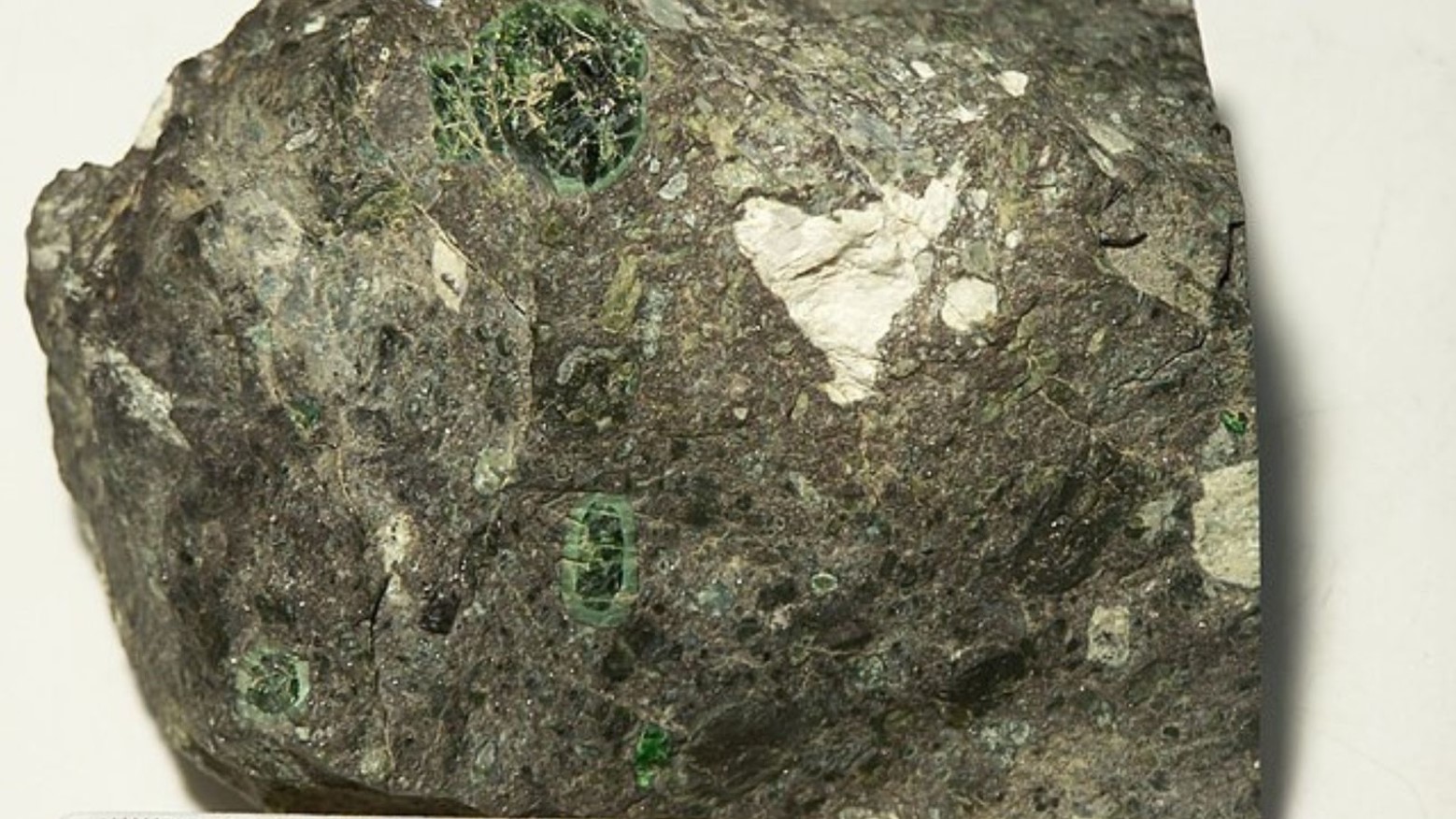
A kimberlite eruption comprises water, rock, carbon dioxide and necessary kimberlite materials, including diamonds. They reach the surface in what is known as a fountain of diamonds and can travel up to 83 miles per hour.
While scientists know about the kimberlite eruption, the one thing that remains a mystery is how it happened. However, scientists studying this phenomenon believe they have finally found the answer.
Diamonds Can Sell for Thousands

Diamonds are a unique material often seen in jewelry and can hold a special meaning for everyone. However, something so special usually comes at a very high cost, as diamonds can sell for thousands.
One woman found a diamond ring at a car boot sale in London in the 1980s and paid $13 for it. However, when she decided to sell it three decades later, she received $850,000.
The Bigger the Diamond, the Higher the Cost
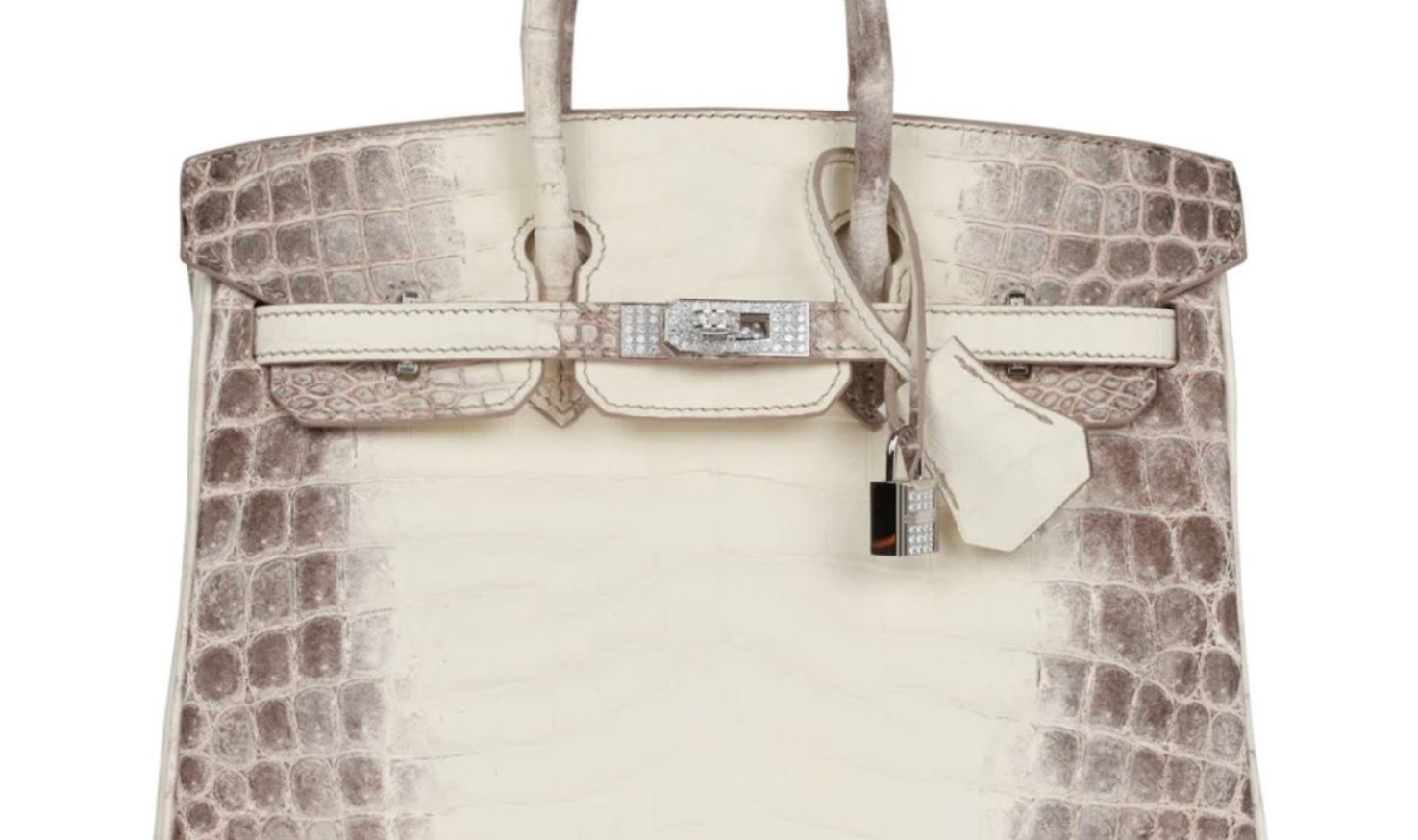
The size of a diamond is measured in carats, and the bigger the diamond, the more it costs. One such example is of a Hermes Birkin bag that was gold and diamond encrusted.
The bag had 8.2-carat diamonds, with an additional 1.64-carat diamond on the padlock. While the exact value of the bag is unknown, it is said to range anywhere from $10,000 to $2 million.
Diamonds Are Underground for Billions of Years
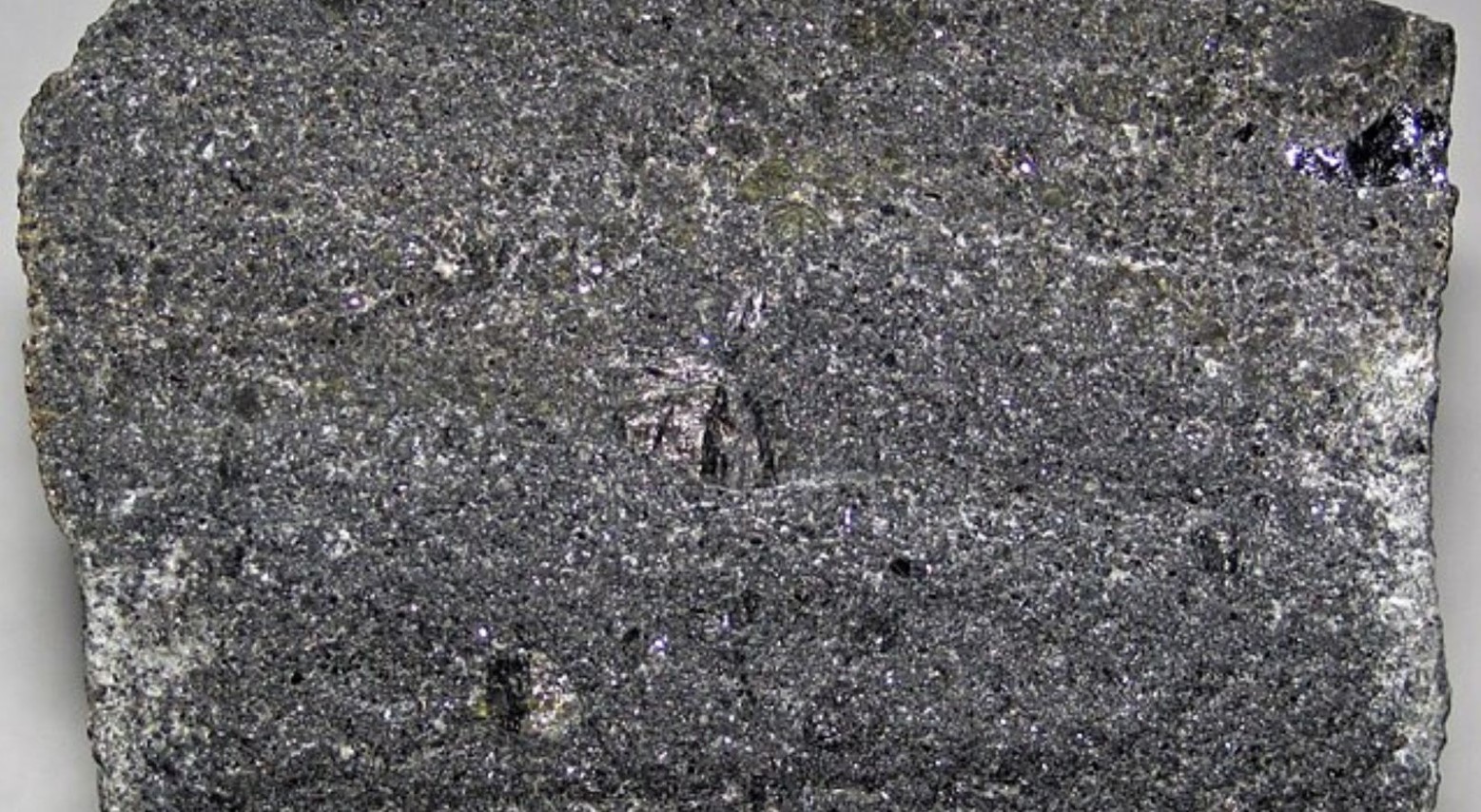
The central mystery behind the diamond eruptions is that these diamonds can spend billions of years underground, only to suddenly erupt from below the surface and pop up above ground for humans to take.
This led the scientists to study historical data of the continental plates to see if they could try to figure out how this strange phenomenon could happen.
Studying the Continental Plates
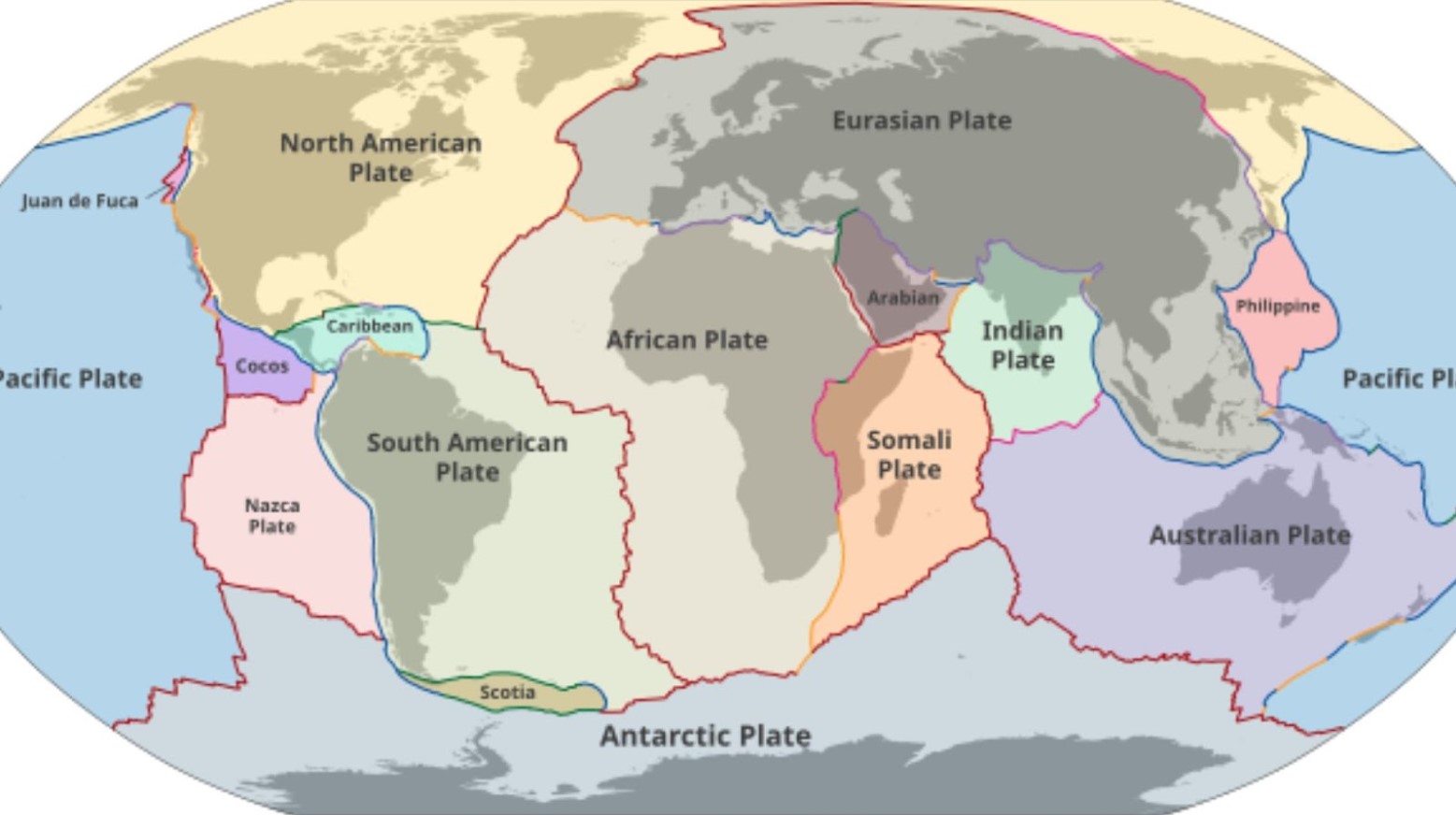
Studying data from the continental plates was a lengthy task as the scientists had to look at historical and current data to determine why this kept happening.
They found that kimberlite eruptions tend to happen roughly 25 million years after the continental plates have been torn about, especially when they are near the plate edges. Later eruptions take place toward the middle of the plate.
The Gondwana Split
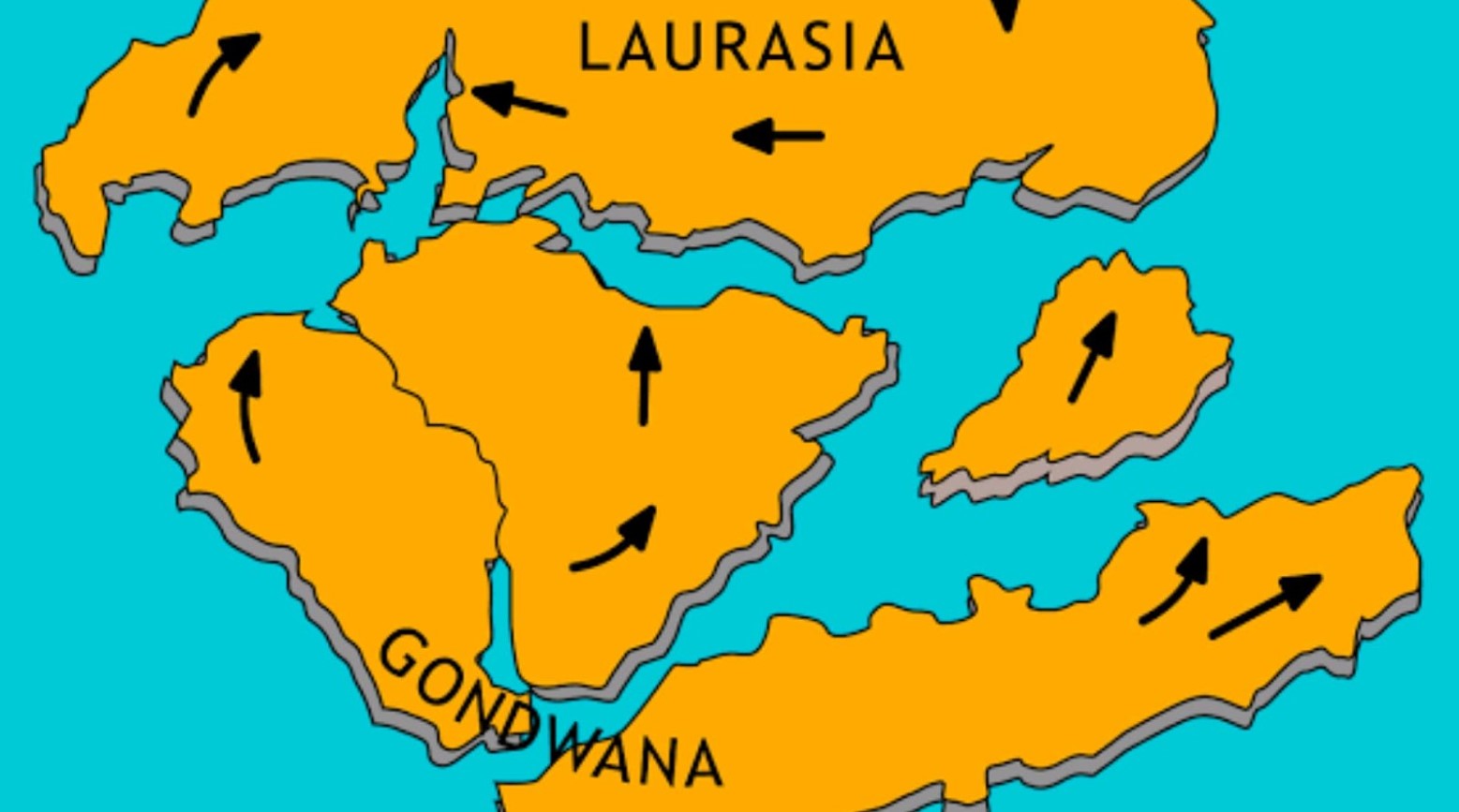
An example of continental plates splitting is the Gondwana split. This supercontinent existed up to 180 million years ago until it was divided into two.
After the supercontinent split, it turned into what we now know as South America and Africa. Twenty-five million years later, there were diamond eruptions around those areas.
Only Recently Geologic Cycles Have Been Tracked
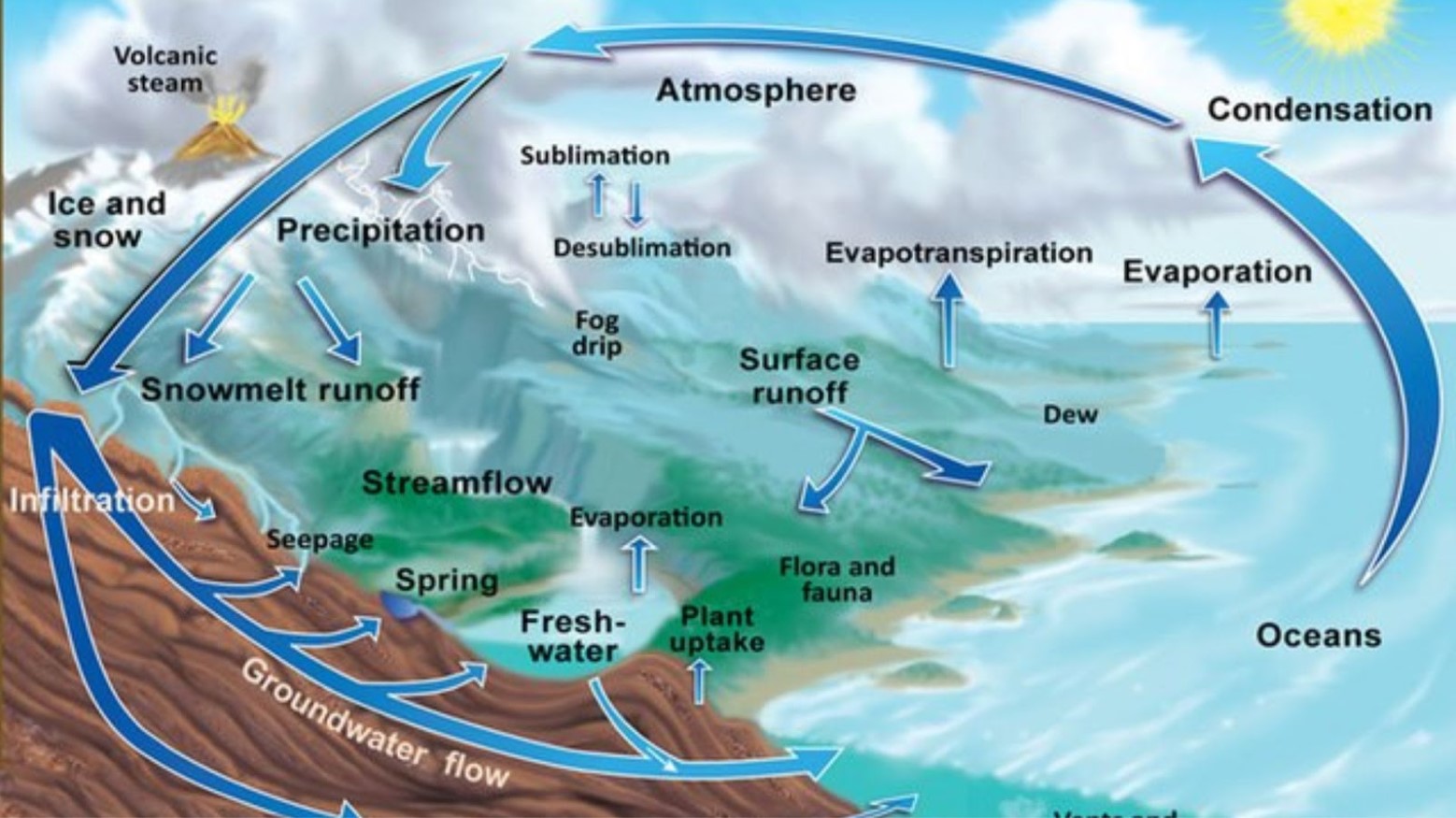
The issue with the study is that the scientists have only been able to track the continental split over the last one billion years. While this is a long time, they haven’t been able to trace it back further.
Tracing geologic cycles any further is tricky, so there is still uncertainty over whether the same patterns followed that far back or if the geologic cycles have changed in any way.
Multiple Volcanic Eruptions
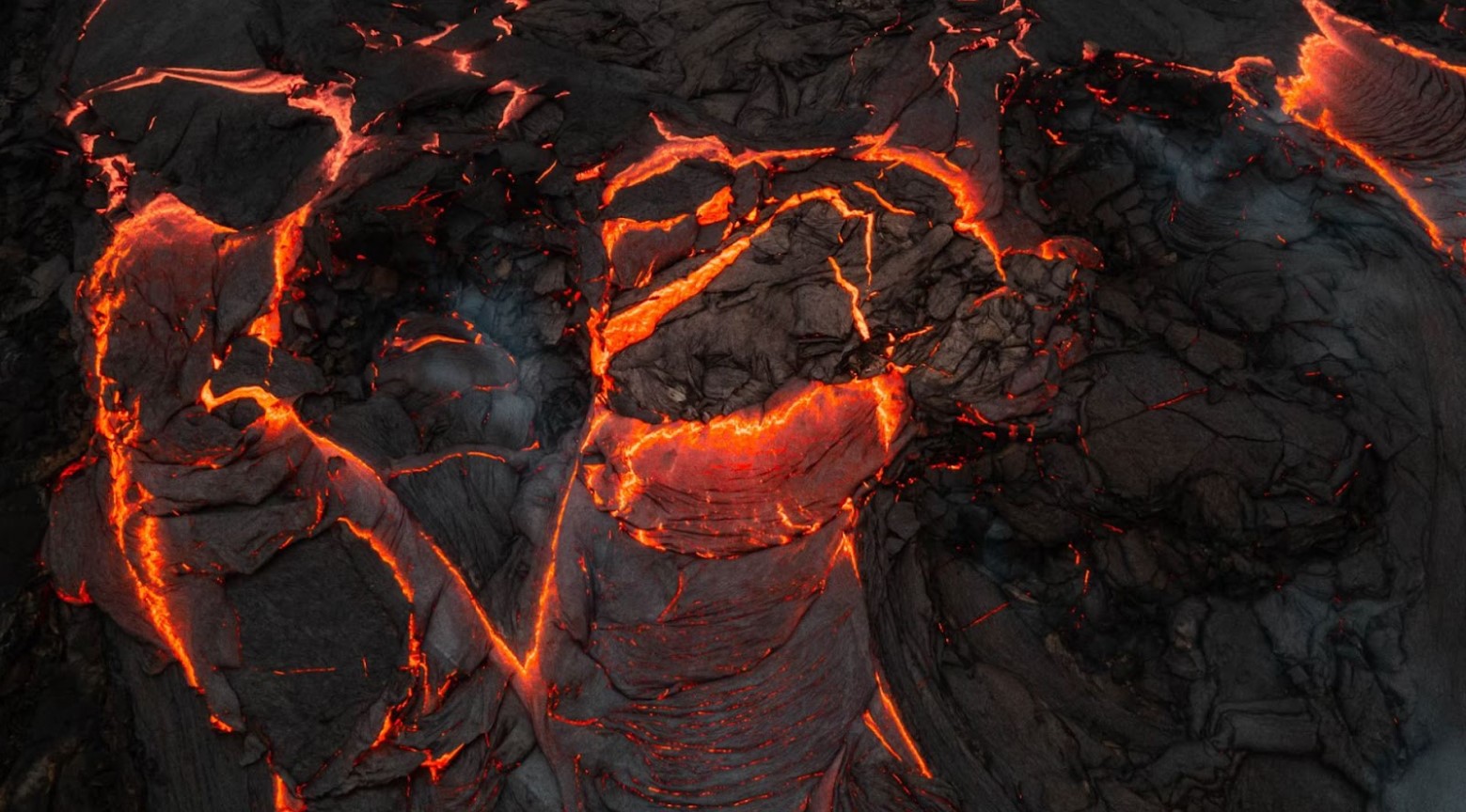
Multiple types of volcanic eruptions can happen after a subcontinent breakup instead of being stable. Scientists suspect that various Earth system processes respond to this, but they don’t know which ones exactly.
As it has taken scientists years to research and figure out the mystery surrounding diamond eruptions, more research might be needed to see what, if any, other processes are involved simultaneously.
Discovering Historic Volcanic Eruptions
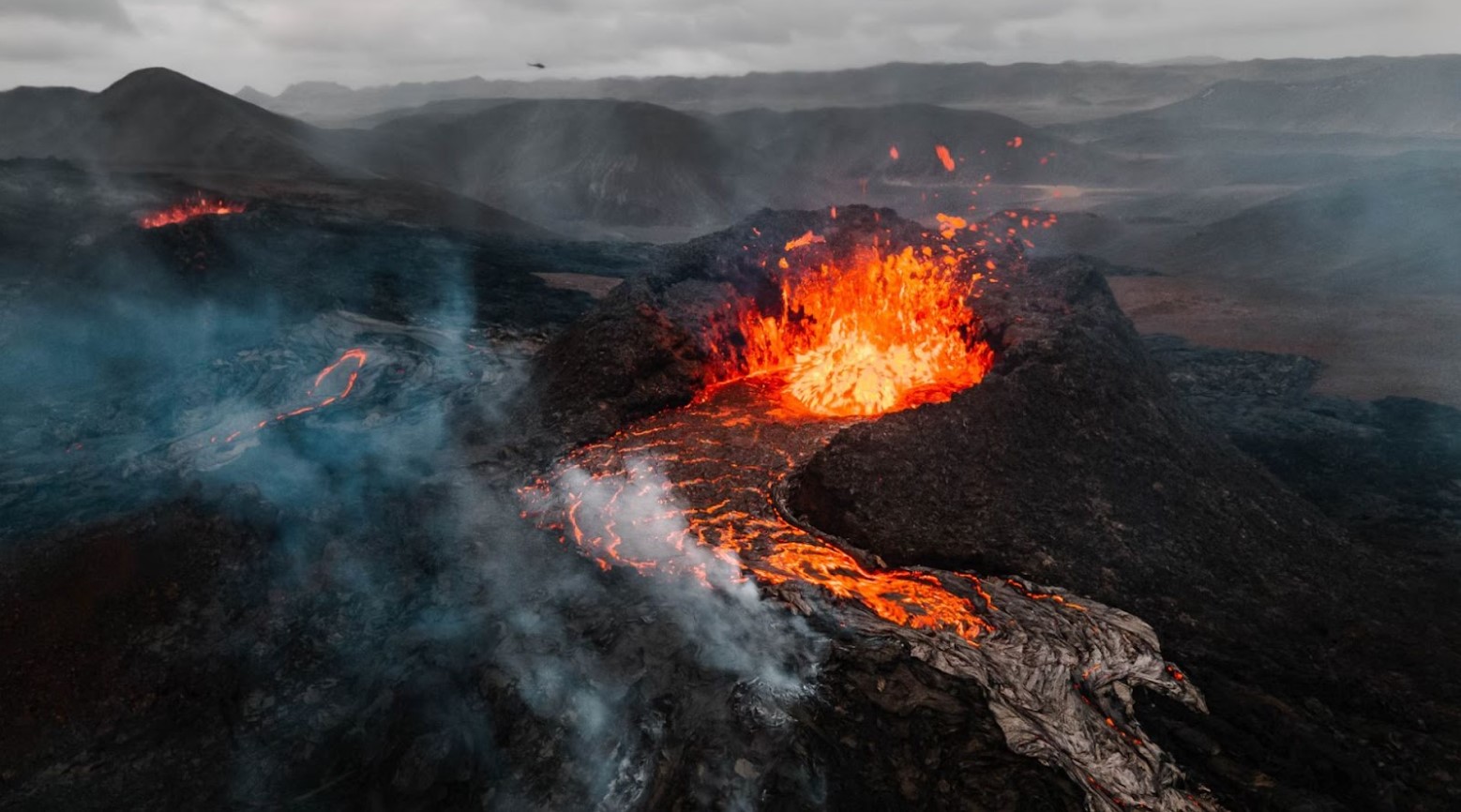
Scientists also believe that now that they know the process of diamond eruptions, they can learn about historic volcanic eruptions that they didn’t know about.
They can look at the timings of these eruptions and when the diamond eruptions happened and see if there are any correlations between the two that will help them better understand this process.
Shaping the Diamond Exploration Industry

Diamonds can be hard to come across. Unless a diamond eruption happens, scientists often don’t know where to find the diamonds. Now they know how to.
They know it happens when the continental plates split, and they know that they should search for diamonds around 25 million years after these shifts to find the diamonds that have risen to the surface.
